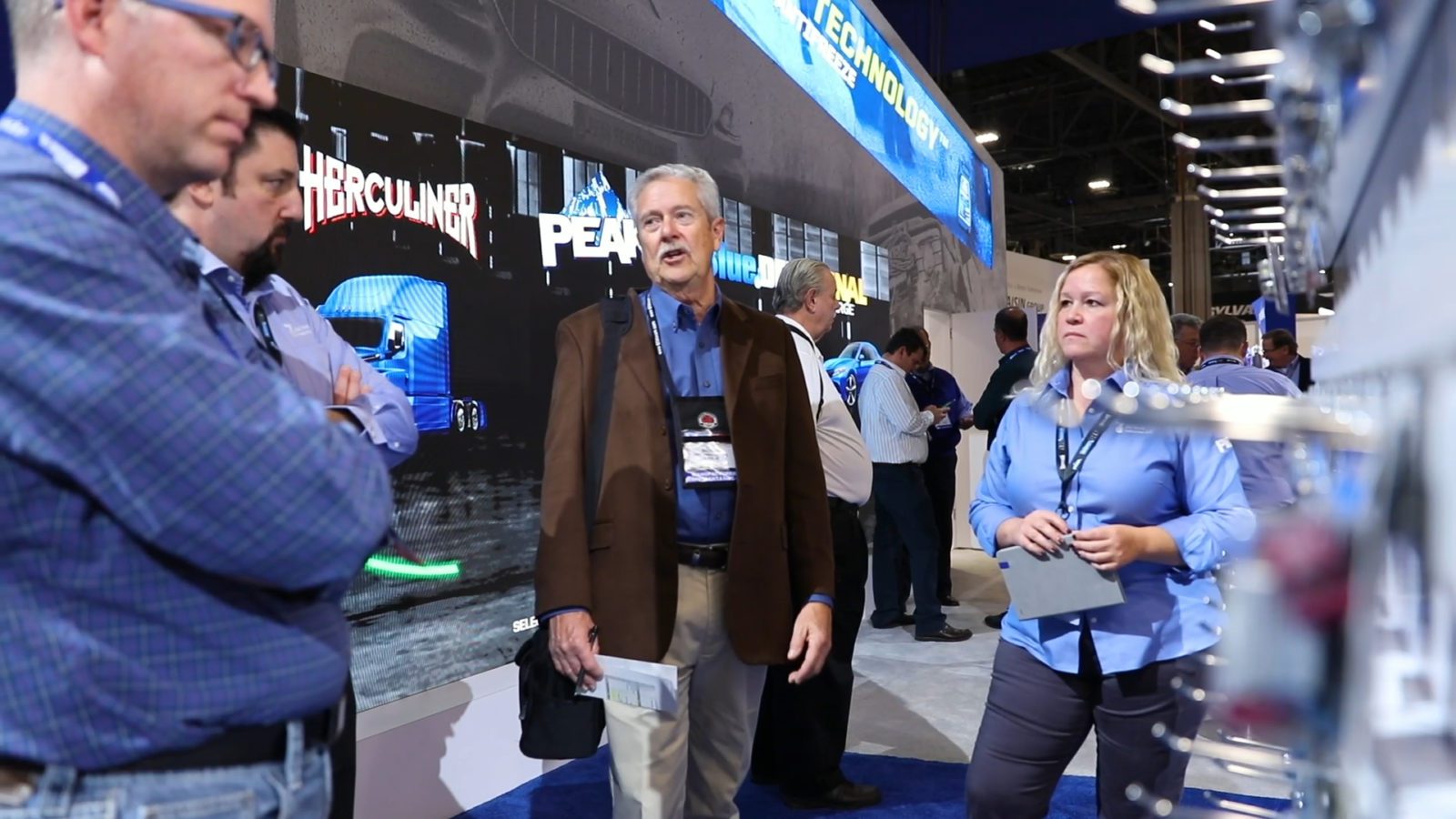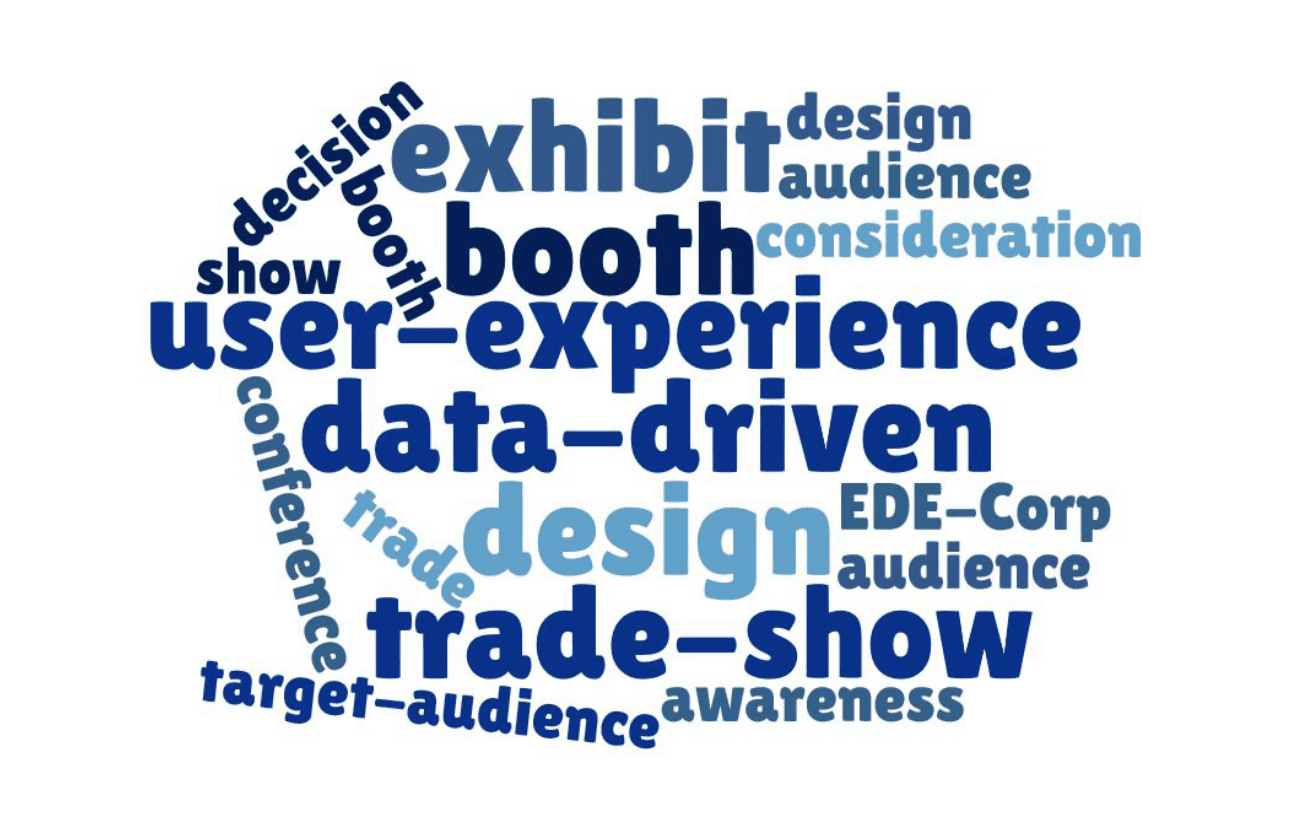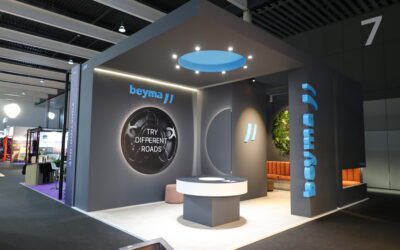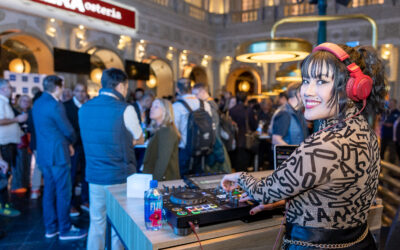
Are you struggling to connect with your audience at trade shows?
Your trade show booth might be innovative and attractive, but that won’t matter if your audience doesn’t like nor connects with it. Below we give you some tips on how to create a trade show booth that connects with your audience by incorporating a data-driven design methodology for your next big exhibit.
What’s data-driven design?
The goal of a data-driven design is to develop a better understanding of your audience behavior, wants and needs by analyzing data from different sources in order to take an informed, well-rounded approach when designing your next trade show booth.
To create the future, we must understand the past.
In order to improve your trade show booth experience and results, you must study your past trade show experiences to develop the strategy that will drive your data-driven booth.
It’s important to understand that data-driven design is not just about collecting numbers. In other words, it’s about understanding the motivations behind the numbers by understanding your audience.

Firstly, you must identify the pain points of your past trade show booth experience. After that, you’ll analyze your audience.
- Did the booth design resonate with your audience?
- Did you have issues getting people excited to visit your booth?
- Was the interaction between your staff and your audience easy?
Who’s your target audience?
- Are your booth visitors just browsing or ready to buy?
- What is the end goal of your trade show booth?
- Do you want to attract new people, cater to your current clients or close deals?
Here’s a quick overview that goes over the buyers’ journey. It might help you define your target audience.
- Awareness Stage: The prospect realizes they have a problem. They are doing educational research to understand and give a name to their problem.
- Consideration Stage: The prospect defines their problem and researches options to solve it.
- Decision Stage: The prospect it’s ready to select a solution to their problem.
In conclusion, now that you have a better understanding of your audience and have set your goals. You can use the data collected along with new research to start brainstorming ideas for your data-driven design exhibit. Remember: in the end, it doesn’t matter how much you love your trade show booth. It only matters what your audience thinks.
EDE Corp can help you build an audience-focused experiences by using a data-driven design approach. Be sure to contact us as you prepare for your next big exhibit.


